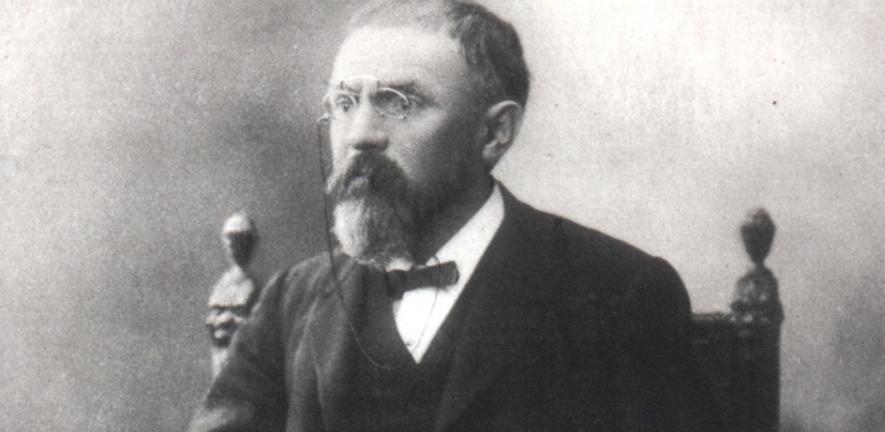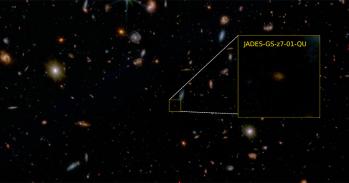
A University of Cambridge academic is to describe how the insights of a great nineteenth century French mathematician and theoretical physicist transformed our ideas about the geometry of space.
A University of Cambridge academic is to describe how the insights of a great nineteenth century French mathematician and theoretical physicist transformed our ideas about the geometry of space.
Ideas often came to Poincaré in a flash of inspiration. He was one of the last great universal thinkers
Jeremy Butterfield
Professor Jeremy Butterfield will describe the enduring influence of Henri Poincaré in a talk entitled Poincaré’s dream, on Thursday, October 25 as part of the Festival of Ideas: www.cam.ac.uk/festivalofideas.
Poincaré is often described as a polymath who influenced physics - especially mechanics and relativity - in addition to his monumental achievements in pure mathematics. He was also a gifted interpreter of science to the wider public. He tended to work very hard on a problem for a short time, then switch to something else, believing that his subconscious would continue working to find the solution.
“Ideas often came to Poincaré in a flash of inspiration,” said Professor Butterfield, Senior Research Fellow at Trinity College. “He was one of the last great universal thinkers - a colossus of physics and philosophy, as well as mathematics.”
For centuries mankind has puzzled over great questions such as: what is space? what is time? And even: what is reality? Poincaré developed ideas that remain a source of great inspiration for today’s mathematicians and physicists as they strive to find the answers. Much of twentieth century mechanics depends on his distinctive approach - recent space missions have even used Poincare’s ideas to calculate the most fuel-efficient orbits.
Poincaré’s powerful thought experiment about a two-dimensional world - like ants scurrying around on a table top – described how the measurement of the geometry of a triangle depends not only on whether a surface is flat or curved, but on the physics of the measuring rods and protractors used to measure lengths and angles. Butterfield will explain the implication that our measurements alone may not be reliable enough to understand the true nature of reality.
“In the nineteenth century, physicists and mathematicians were trying to characterise the geometry of space by measuring the angles of a large triangle using light rays. Poincaré said that if they didn’t get the answers they expected, it didn’t mean that Euclidean – or flat - geometry was wrong, but instead maybe their description of optics needed changing,” said Dr Nazim Bouatta, a postdoctoral fellow at DAMTP working with Butterfield. “His work has had a great impact on today’s research to understand physical reality, in areas from field theory to modern cosmology.”
“Henri Poincaré was a pure mathematician doing pure mathematics, but he was also trying to apply mathematical tools to explain the physical world,” added Bouatta. “Besides, he was a philosopher, interested in the conceptual frameworks he was using. So he was interested in space and time from both a physical and a philosophical point of view.”
Poincaré’s Dream is part of the Festival of Ideas, the UK’s only festival devoted to the arts, humanities and social sciences: /festival-of-ideas. It starts at 2pm at the Whipple Museum of the History of Science, Free School Lane, Cambridge.
A companion talk, Mr Tompkins Nightmare, about the mysteries of quantum theory, will be given on Thursday 1 November; also at 2pm in the Whipple Museum.To book a place for either of these talks, please email: hps-whipple-museum@lists.cam.ac.uk.
This work is licensed under a Creative Commons Licence. If you use this content on your site please link back to this page.





